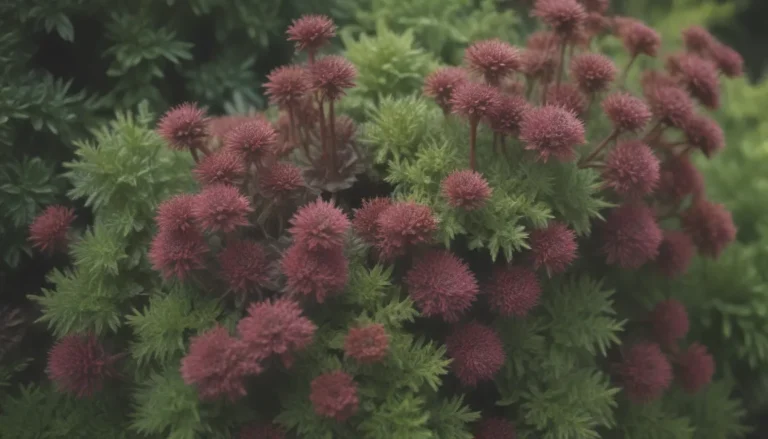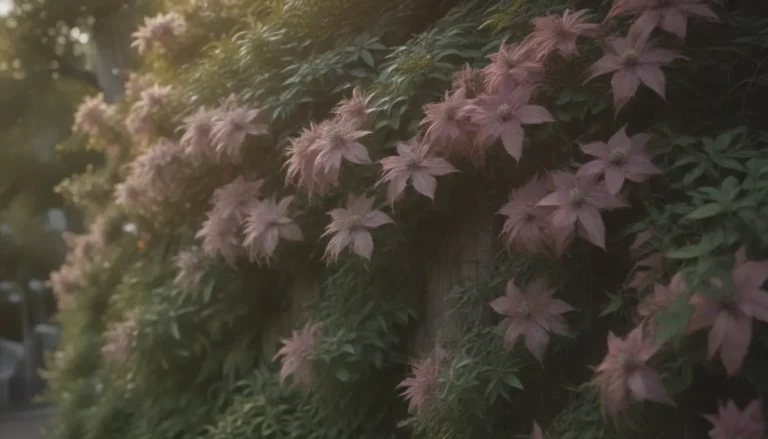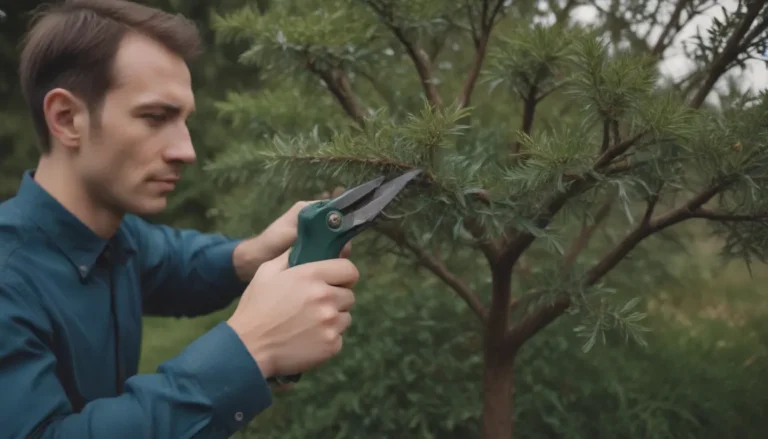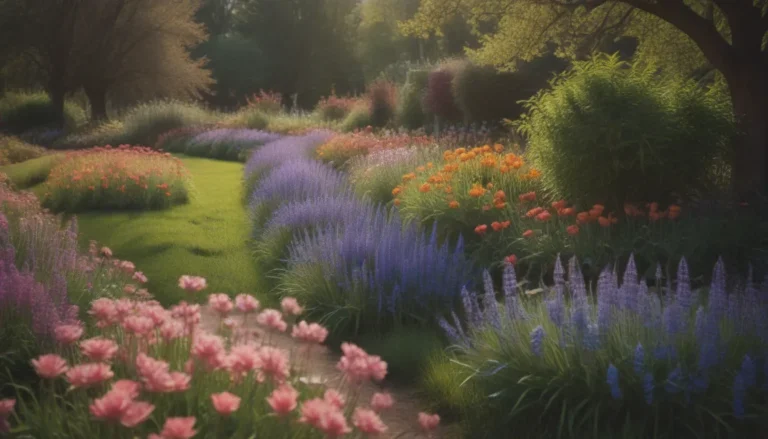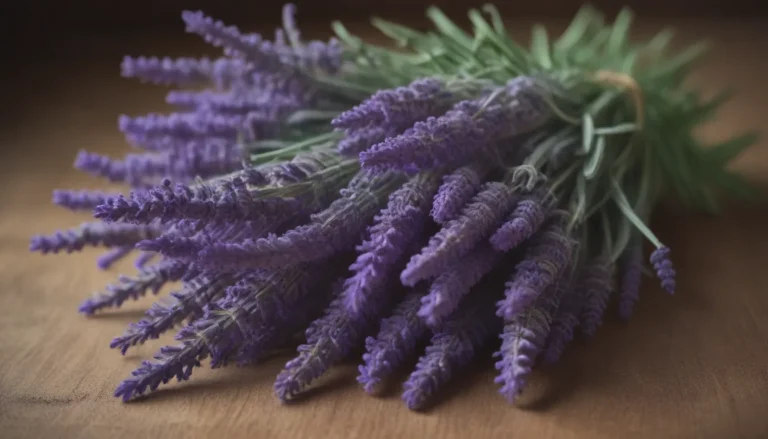Everything You Need to Know About Growing and Caring for Peacock Plants
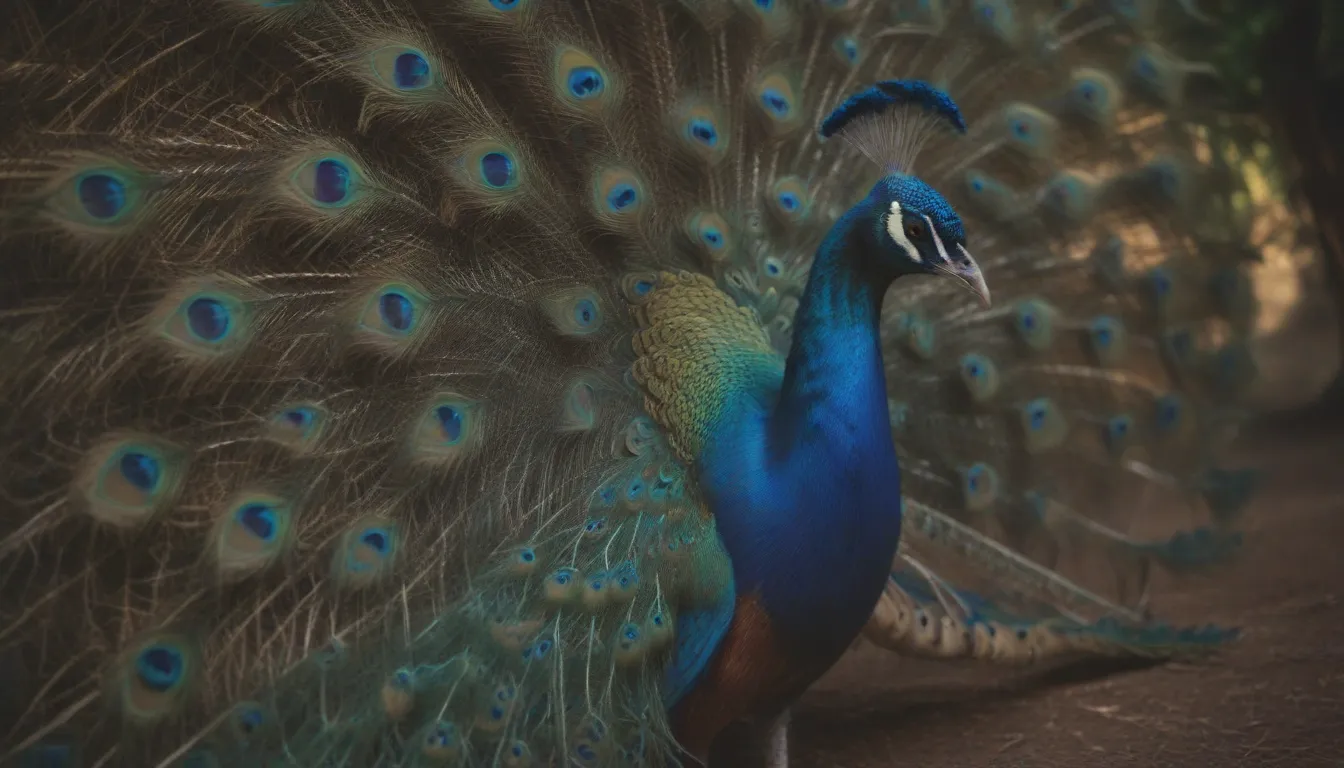
Are you looking to add a touch of exotic beauty to your indoor space? Peacock plants, also known as Calathea makoyana, are the perfect choice! These striking plants with eye-catching patterns that resemble peacock feathers will certainly add a pop of color and interest to your home. In this comprehensive guide, we will cover everything you need to know to successfully grow and care for peacock plants.
Understanding Peacock Plants
Peacock plants belong to the Calathea genus, and while the entire genus is sometimes referred to as peacock plants, Calathea makoyana is the true standout with its vibrant foliage. The leaves of this tropical houseplant come in a variety of hues including green, cream, pink, white, and gray, while the stems are a rich reddish-maroon shade. The lush, clump-forming foliage of peacock plants thrives in warm, humid environments shielded from direct sunlight.
Peacock Plant Care Tips
Here are some key care requirements to keep your peacock plant healthy and vibrant:
-
Light: Peacock plants prefer filtered light conditions and can tolerate full shade, but direct sunlight should be avoided as it may cause the colors and patterns on the foliage to fade.
-
Soil: Use a potting medium that retains moisture while providing good drainage. A mix of peat, sand, and perlite is recommended for lush foliage production and vibrant colors.
-
Water: Maintain consistent moisture levels for your peacock plant. Use a moisture meter to gauge watering needs and avoid overwatering, as it can lead to root rot. Distilled or rainwater is preferable, as tap water may cause leaf tip browning.
-
Temperature and Humidity: Keep your peacock plant in a temperature range of 60 to 75 degrees Fahrenheit, and avoid sudden temperature changes. High humidity levels are essential for healthy growth, so consider using a humidifier or tray of pebbles to add moisture to the air.
-
Fertilizer: Feed your peacock plant every two weeks with a diluted liquid fertilizer during the growing season to promote foliage production. Use a foliar spray with nitrogen and iron to enhance color depth.
Different Varieties of Peacock Plants
While Calathea makoyana is the classic peacock plant, there are several other calathea species that share similar characteristics. Some popular varieties to consider adding to your collection include:
- Calathea rufibarba
- Calathea white fusion
- Calathea medallion
- Calathea ornata
Pruning and Propagation Tips
-
Pruning: Trim your peacock plant in fall and winter to maintain its compact shape. Remove dead or brown leaves near the soil, and prune any brown areas as needed.
-
Propagation: Peacock plants can be propagated through division once they have matured and formed a large clump.
Growing and Repotting
Healthy peacock plants often grow rapidly and may need repotting every couple of years. Divide the plant during repotting or opt for a larger container with adequate drainage holes.
Overwintering and Common Issues
-
Overwintering: Keep your peacock plant indoors during colder months, ensuring it is in filtered sunlight or shade. Check for pests before bringing it indoors, and remove any dead branches or yellow foliage.
-
Pests and Diseases: Peacock plants are generally resistant to pests and diseases, but watch out for red spider mites in dry conditions. Neem oil can help eliminate pests if necessary.
-
Common Problems: Pay attention to signs like curling leaves, brown leaf tips, drooping foliage, or mushy stems, which may indicate issues like dehydration, low humidity, sunlight exposure, or root rot.
With proper care, your peacock plant can thrive for up to 40 years, reaching a height of 1 to 2 feet in about a year. While these plants do produce flowers, they are small and not ornamental. In warmer climates, peacock plants can be grown outdoors as ground cover or in containers.
So, if you’re ready to add a touch of exotic elegance to your indoor space, consider bringing home a stunning peacock plant. With the right care and attention, your plant will flourish and become a beautiful focal point in your home. Happy growing!
